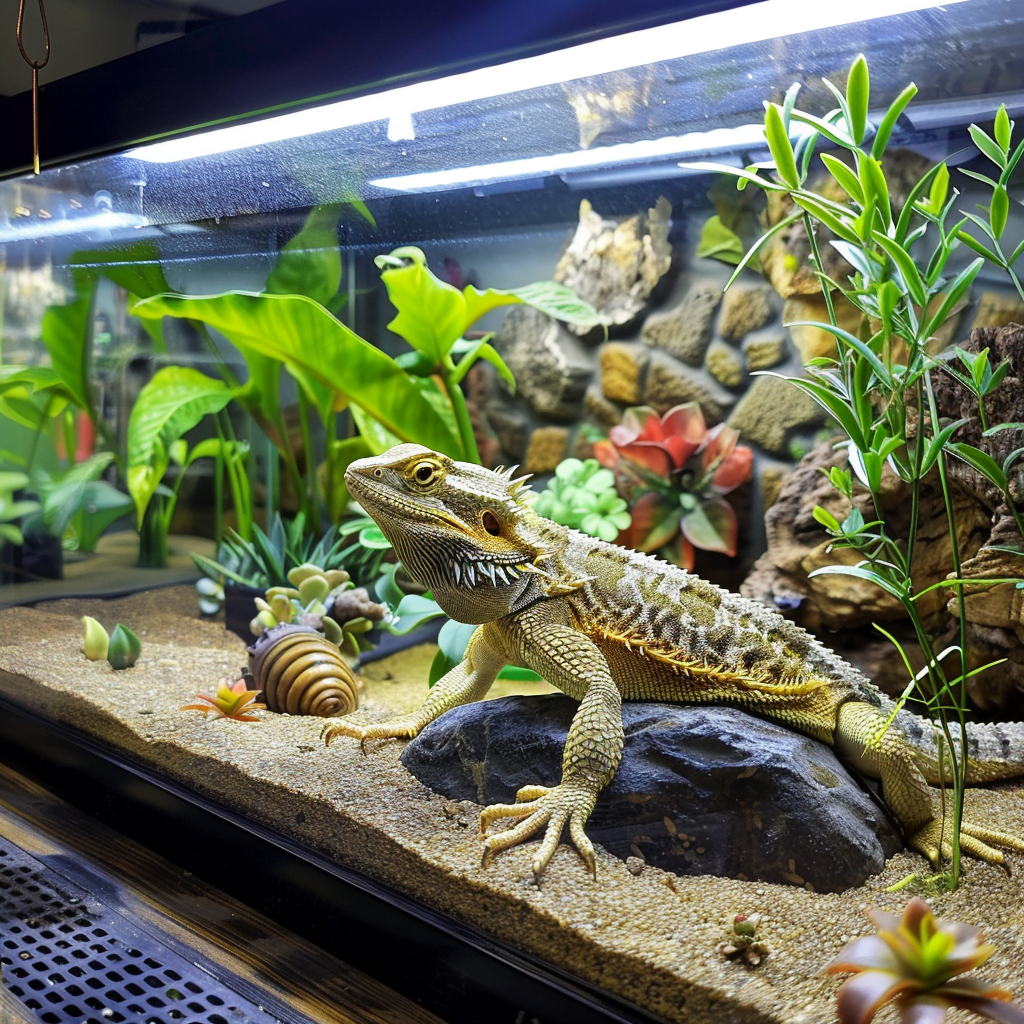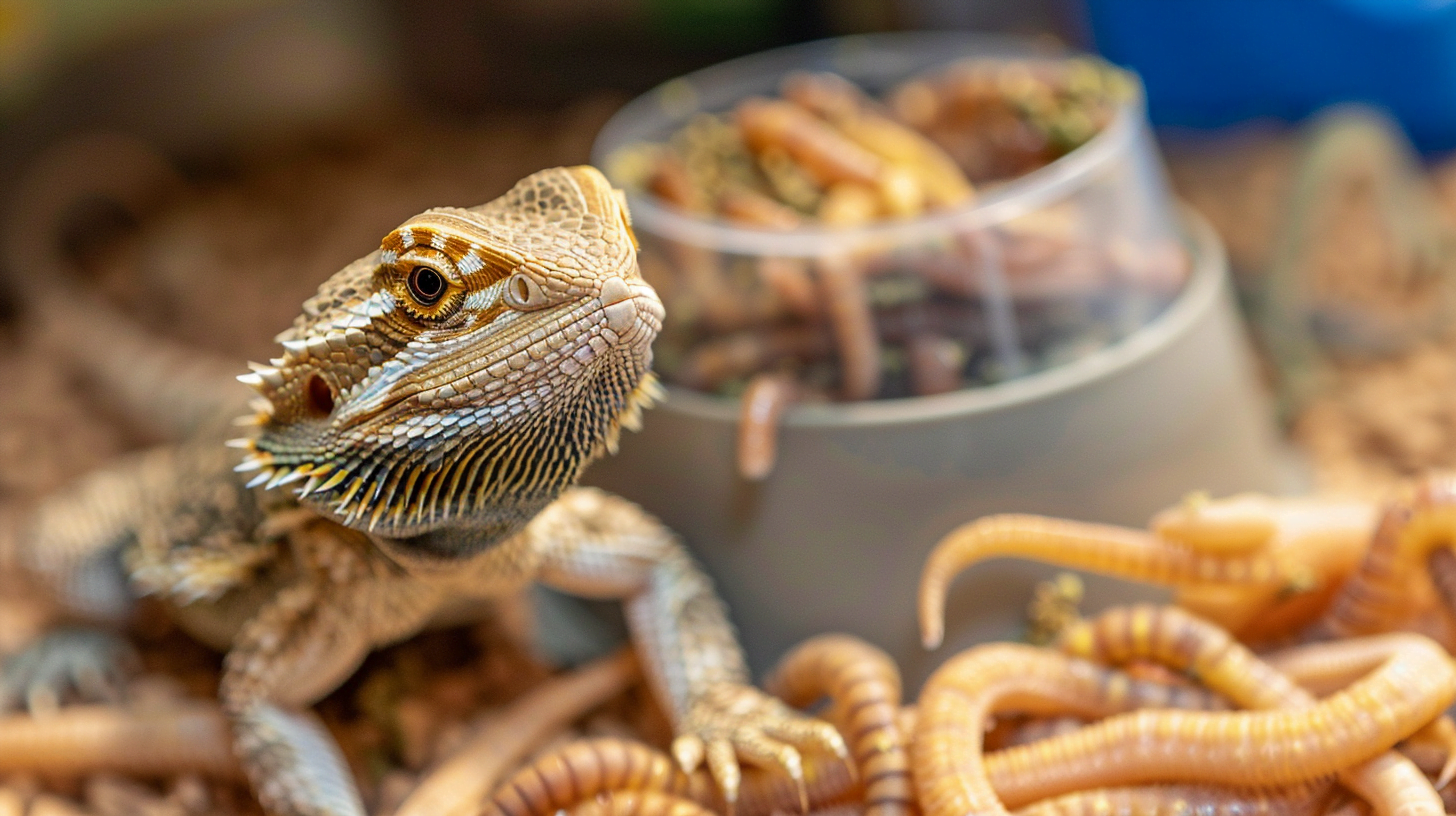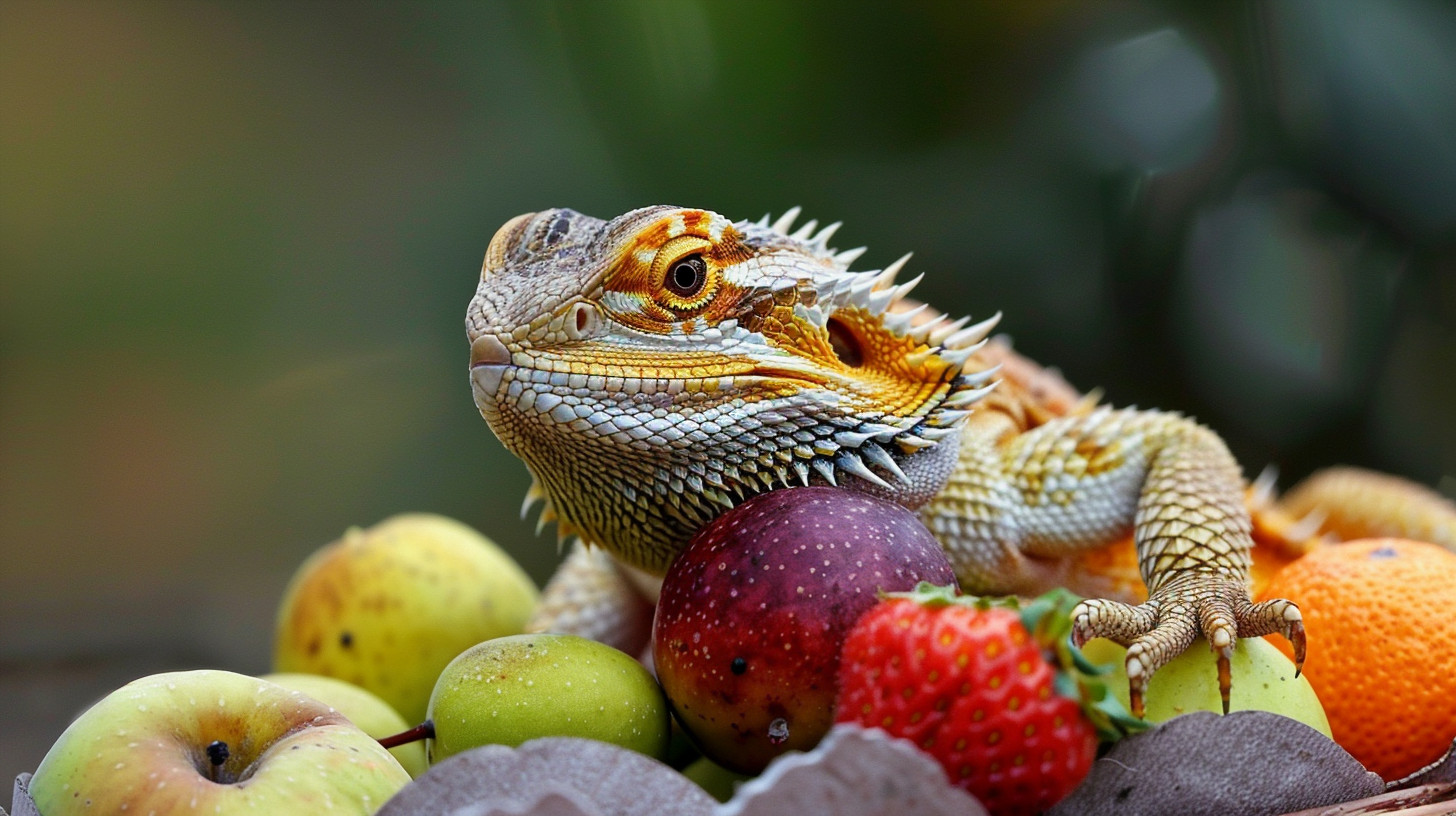As all bearded dragon owners know, keeping your pet’s tank clean is absolutely essential for their health and wellbeing. Allowing waste, uneaten food, and other debris to accumulate can quickly lead to the spread of dangerous bacteria, mold, gastrointestinal infections, respiratory issues, and more. That’s why routinely deep cleaning and disinfecting your bearded dragon’s entire enclosure is so critical.
In this comprehensive, step-by-step guide on how to clean a bearded dragon tank, you’ll learn everything you need to keep your beardie’s tank spotless for optimal health and happiness.
Why Proper Tank Hygiene Matters
To understand why habitat hygiene is so vital, it helps to first review the potential consequences of an unclean tank:
- Growth of harmful bacteria like Salmonella or E.coli
- Mold spreading leading to respiratory illness
- Gastrointestinal infections from bacteria or parasites
- Skin infections, mouth rot, scale rot
- General lethargy and loss of appetite
- A compromised immune system at higher disease risk
Additionally, excess waste can alter pH levels while uneaten insects or produce can attract unwanted pests.
By thoroughly cleaning your bearded dragon’s enclosure every 2-3 months supplemented by weekly spot cleaning, you can avoid these hazards and keep your pet healthy long-term.
Gather the Necessary Cleaning Supplies
Before starting the cleaning process, gather all the necessary supplies:
- Paper towels
- Reptile-safe cleaners and disinfectants
- Sponges, soft scrub brushes
- Fresh substrates like reptile carpets
- New decor pieces as needed
- Trash bags for waste
- Protective gloves, eye wear
Never use household cleaners or bleach in a reptile habitat as these can be extremely toxic. Opt for cleaners specifically designed for reptile enclosures.
Some top options include:
- Zoo Med’s Repti Clean
- Exo Terra’s Terrarium Cleaner
- TetraFauna’s Reptile Habitat Cleaner
For removing waste and debris, paper towels or soft sponges work well. Avoid abrasive scrub brushes that could scratch delicate tank surfaces.
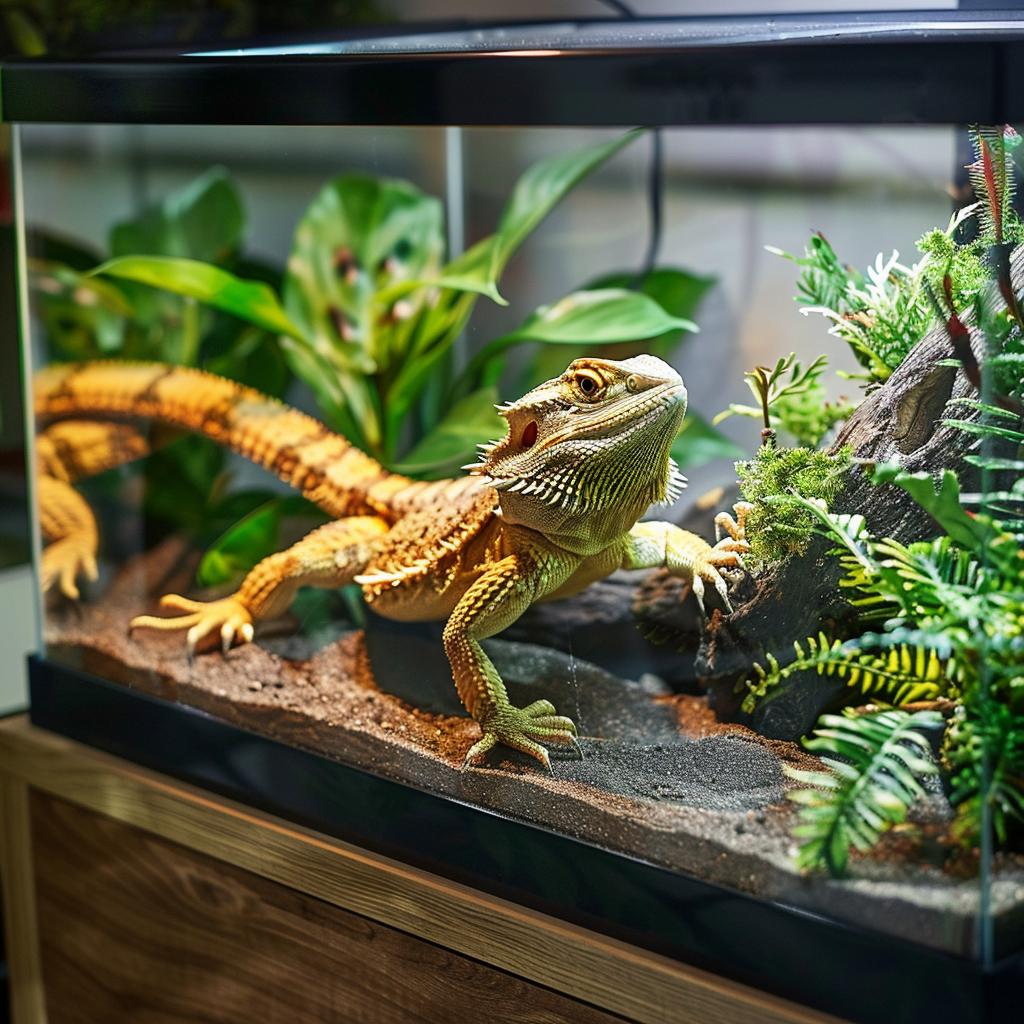
Prepare the Tank for Disinfecting
Before cleaning, safely transfer your bearded dragon into a secure, temporary enclosure like a plastic bin or small spare tank. Ensure they have proper heating and lighting while cleaning.
Remove everything from the main tank including all substrates like sand or reptile carpets, plants and wood pieces, hides, hammocks, food bowls and any other decor.
Closely inspect each item, especially porous decorations like wood or rope perches. Discard anything showing signs of mold, rot or damage that can’t be adequately disinfected. It’s always better to replace questionable items than risk lingering bacteria.
For smaller accessories, do a preliminary cleaning with hot water and small amounts of cleaner before doing a final disinfecting rinse later.
Step-by-Step Instructions for Deep Cleaning the Entire Tank
The key to deep cleaning an established bearded dragon tank is addressing every surface to fully eliminate waste, biofilms, and grime buildup. Here are the detailed steps:
1. Remove Large Debris
If there is an excessive mess, take the tank outside first and use a hose to spray off and dislodge any chunks of stuck-on waste, loose substrates and other large debris. Avoid using high-pressure streams that could damage the tank.
2. Wash All Surfaces Thoroughly
Working inside with adequate ventilation, liberally apply your chosen reptile-safe cleaner to all walls, floor, lid, and any backgrounds or ledges, allowing it to soak for 5-10 minutes. Use a soft sponge or brush to gently scrub every surface, removing all visible waste and residues.
Rinse everything completely with hot water, repeating applications if needed for heavy soiling. Be sure to get into corners and crevices where bacteria love to lurk.
3. Disinfect and Final Rinse
After manual cleaning, apply a reptile-safe disinfectant like chlorhexidine to all surfaces following label directions. Ensure adequate contact time for maximum efficacy.
Finally, do a thorough final rinse with hot water again. Repeating this entire process may be needed for tanks with heavy prior soiling.
4. Dry and Reset Tank
Allow the tank to completely air dry for at least 2-3 hours before rebuilding your bearded dragon’s habitat. Replace any heat/UVB bulbs that are expired.
Clean all decor items again as well with disinfectant before placing them back inside. Add fresh substrates in proper amounts, provide clean food bowls, and arrange their preferred hideouts.
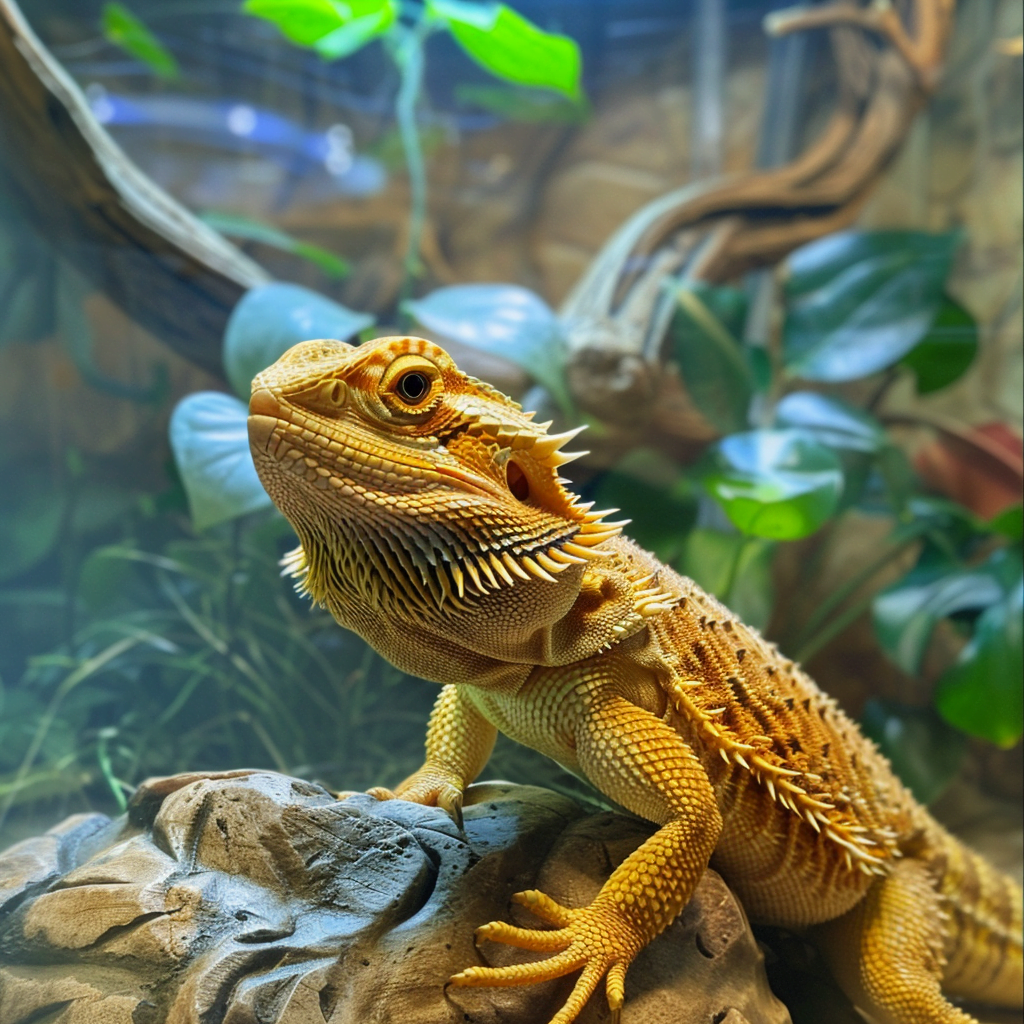
Maintaining Proper Tank Hygiene
While deep cleaning every few months is crucial, you also need to spot clean waste daily and change out soiled substrates weekly or more often to prevent hazardous bacteria levels between major cleanings.
Here are some key maintenance tips for optimal hygiene:
- Remove all feces, urates and uneaten food daily
- Replace substrates like sand or carpets when visibly dirty
- Wash out and replace water bowls 2-3 times per week
- Check decor items like wood for mold or rotting
- Fully disinfect the tank every 2-3 months
- Watch for any signs of mildew and address immediately
Also ensure heating and humidity levels match your beardie’s needs. Ideal parameters are:
- Ambient temperatures: 95-100°F basking area, 80°F cool end
- Nighttime temperatures: 75-80°F
- Humidity level: 30-40%
Providing Proper Hygiene for Your Bearded Dragon’s Home
By thoroughly cleaning and routinely disinfecting your bearded dragon’s entire habitat, you can prevent the spread of many contagious illnesses related to poor tank hygiene and excess bacteria. Follow these best practices for cleaning a bearded dragon tank to maintain a healthy, enriching environment your pet will thrive in for years to come!
Don’t hesitate to contact me if you have any other questions on keeping your beardie habitat spotless.
